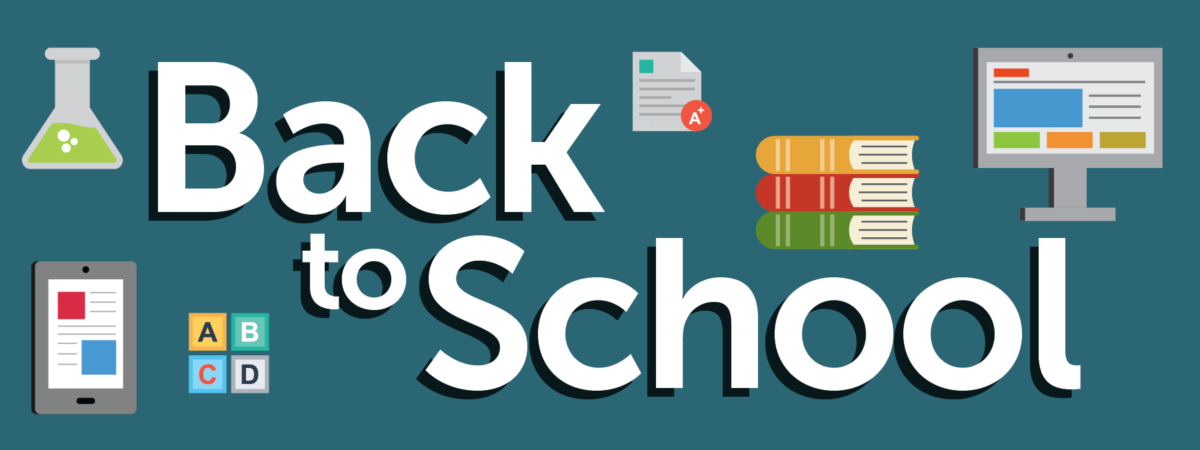
August 18, 2021 | By Jean-Claude Brizard
I am a father of four. My daughter is entering her third year of college, and I have three sons in elementary schools; my youngest starts first grade in a few weeks. I often say that I am living the entire education continuum. Last year, our children had amazing teachers who truly went the extra mile. We had one amazing teacher who found ways to fully engage our five-year-old in “Zoom class.” He hated seeing his friends on a screen but his teacher’s creativity won him over. I was in awe! As a former teacher who never had to deal with a pandemic, I can only imagine the stress and challenge of teaching a class virtually and in-person, at the same time.
Last year, my predecessor, Karen Cator outlined ways in which we can finally close the Digital Learning Gap. She wrote, “Equitable access to digital learning means that every student has a device and access to the internet regardless of location, allowing for critically important connections with teachers and peers, instant feedback on mathematical problem sets, the ability to research, ask questions, find answers and explanations, and so much more. Digital learning also strengthens each teacher’s ability to meet the needs of each student, regardless of whether they are in the classroom or at home.” As we enter the new school year, we must remember the purpose behind the need to close the Digital Learning Gap. It is about bringing powerful learning experiences to our students, especially those who have been historically marginalized.
An exemplar in this effort is our Verizon Innovative Learning Schools (VILS) program, generously supported by Verizon and now including more than 500 impacted schools. A few weeks ago, the VILS team published a guide to successful technology integration that highlights six elements for success that we’ve learned from working with the many schools in our networks. We hope to share these best practices and inform the work of many more school systems, as well as the work of state chiefs of education and governors as they plan to use unprecedented federal funding to close the digital divide.
There is another consideration that we must take into account when aiming to close the Digital Learning Gap. It’s one of adequate access to devices and the internet. New America published a report in June that shows while we’ve made substantial progress—among families with children ages 6 to 13, access to non-dial-up home internet service has increased from 64 percent in 2015 to 84 percent in 2021—we still have work to do. Even among families with computers and broadband internet access at home, a majority are “under-connected,” meaning that they report insufficient and unreliable access to the internet and internet-connecting devices.
Despite the challenges outlined above, or maybe because of the challenges, I am optimistic when it comes to the future of our education systems. I am seeing greater efforts in three areas:
Digital Promise will celebrate its 10-year anniversary this fall, and we’re thinking deeply about what our next 10 years of impact will look like. Working at the intersection of education research, practice, and innovation, we see the past and present and how we can improve learning in the future. Despite the challenges we face in education today, it all makes me hopeful.
Explore our blog and be sure to subscribe to our Action Report newsletter to follow our work this school year.
By Elliott Barnes and Sara Mungall